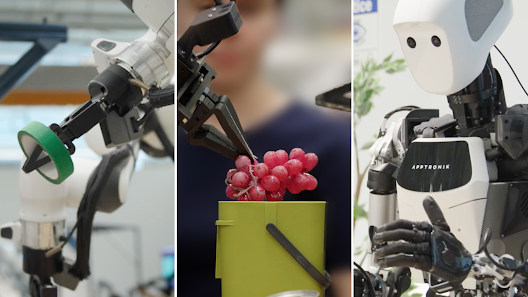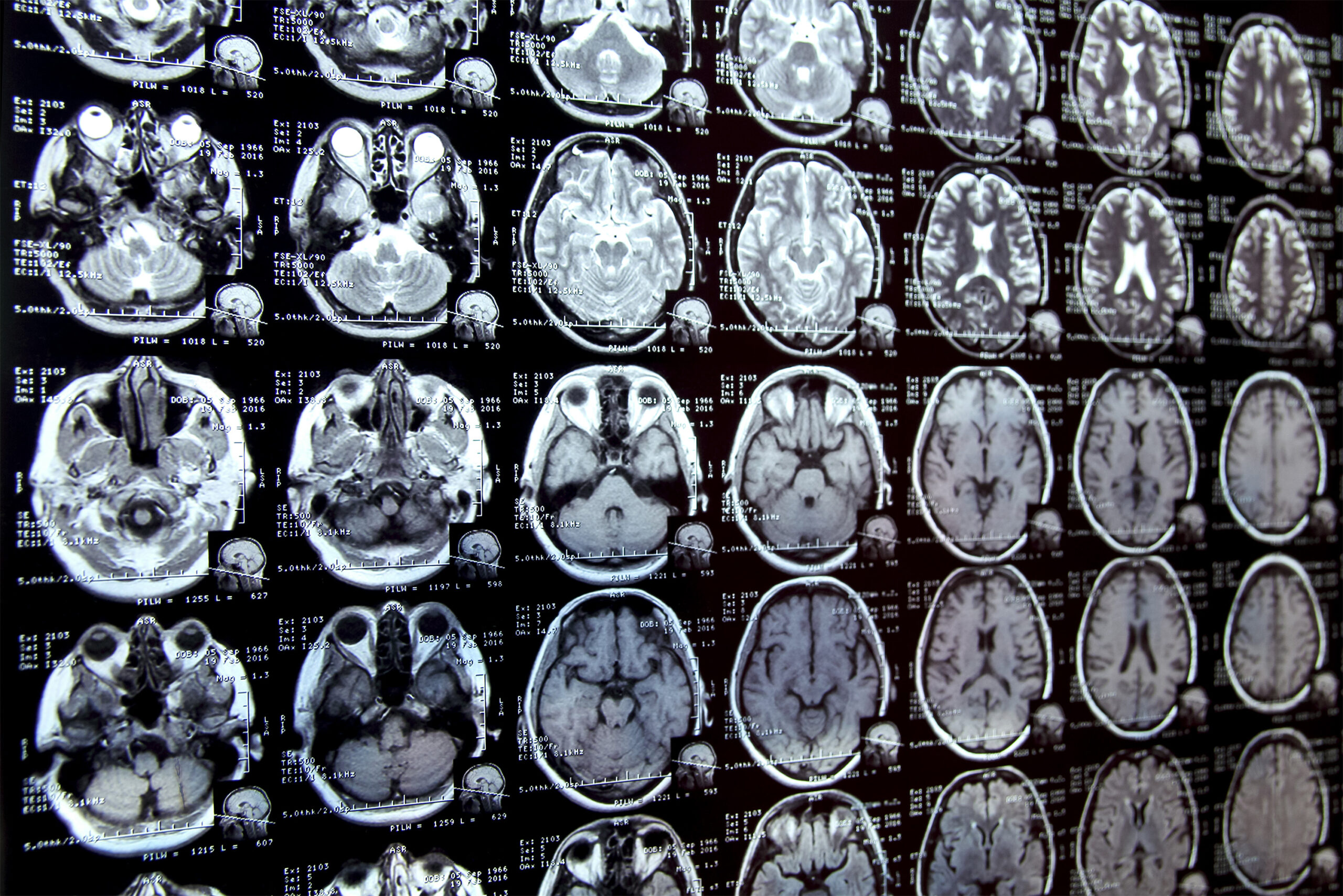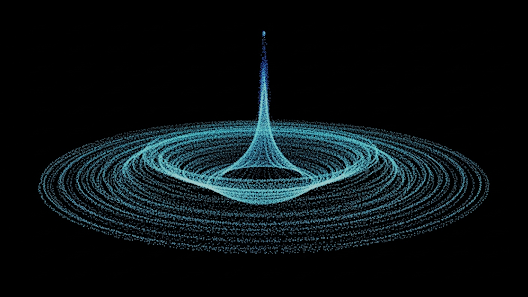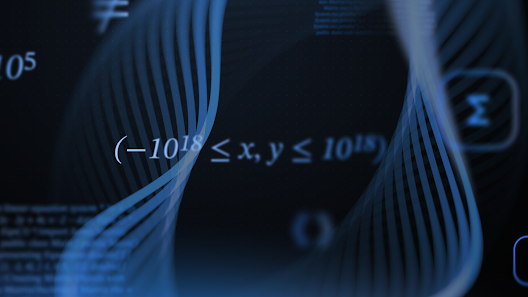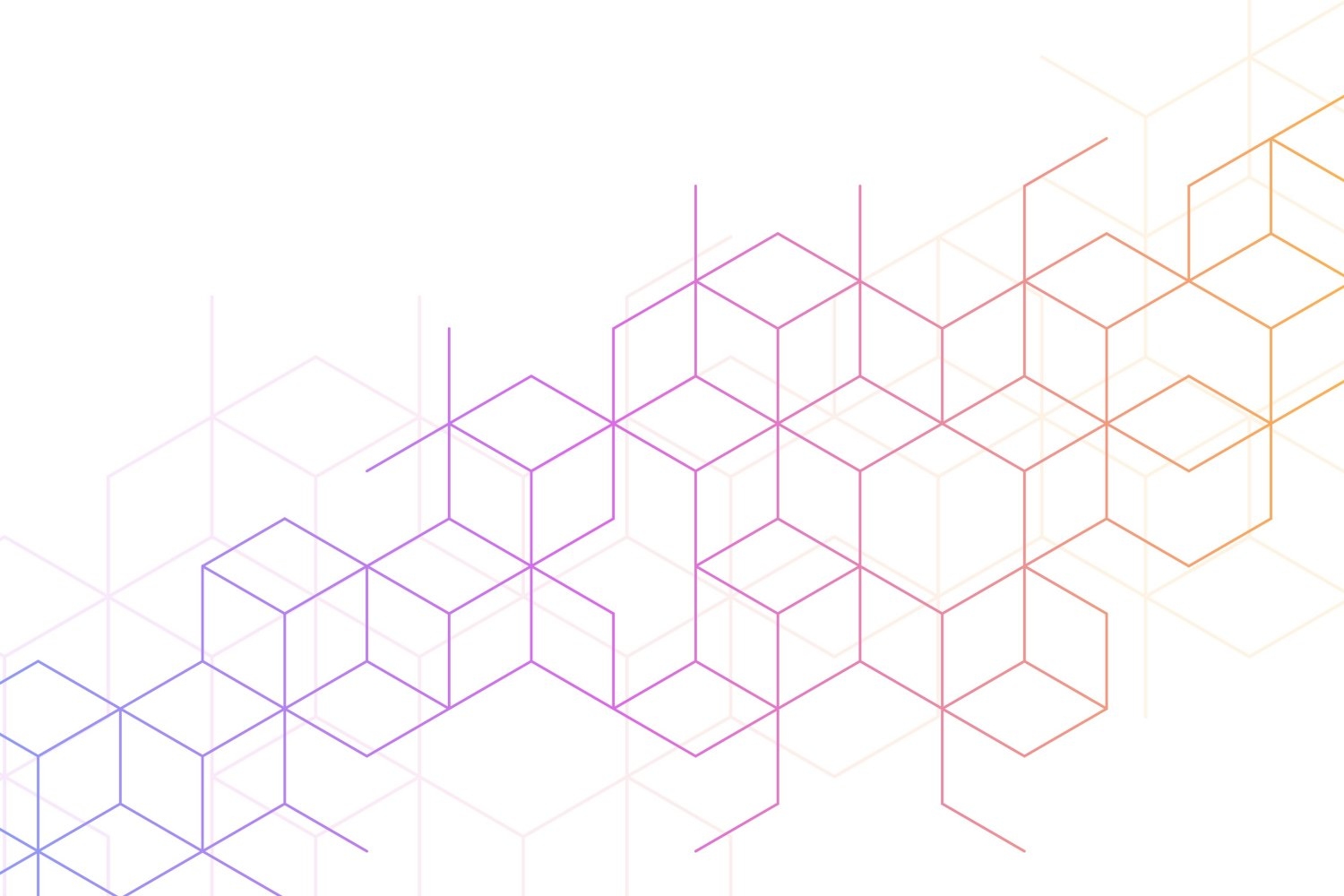Artificial Intelligence Goes Beyond Digital Boundaries
Recent advancements in artificial intelligence (AI) have brought us models that can generate remarkably human-like text, audio, and video. However, these algorithms have primarily existed within the confines of the digital world. When tasked with physical-world applications, even the most advanced AI systems face significant challenges, such as the development of safe and reliable self-driving cars. The core issue lies in their lack of understanding of physics and their tendency to produce hallucinated, error-prone outputs in real-world scenarios.
The Leap Towards Physical Intelligence
2025 is set to be the year AI begins to transcend its digital limitations and integrate into the physical world. This transformation requires a fusion of digital intelligence with mechanical capability, resulting in what experts call “physical intelligence.” Unlike conventional AI, physical intelligence is deeply rooted in understanding fundamental principles of the real world, such as cause-and-effect relationships, enabling systems to make decisions in dynamic and unpredictable environments.
Liquid Networks: The Next Evolution in AI
Researchers at MIT have pioneered models of physical intelligence known as liquid networks. These systems continuously learn and adapt from experience, much like humans. For example, an experiment involving drones showcased the adaptability of liquid networks. While both traditional AI and liquid network-driven drones could locate objects in a forest during summer, only the liquid network drone successfully adapted to new conditions, such as winter or urban environments. This adaptability highlights the potential of physical intelligence to evolve far beyond its initial training.
From Digital Commands to Physical Execution
One of the most exciting advancements in physical intelligence is its ability to interpret and execute complex commands derived from digital prompts. In one groundbreaking project, researchers developed a system capable of designing and 3D-printing functional robots in under a minute based on simple instructions like “a robot that can grip objects” or “a robot that can walk forward.”
Meanwhile, efforts in robotics continue to push boundaries. Startups like Covariant, founded by UC-Berkeley researcher Pieter Abbeel, are creating AI-driven systems that enable robotic arms to perform intricate tasks. With over $222 million in funding, their innovations are currently being deployed in warehouses worldwide. Similarly, Carnegie Mellon University researchers recently demonstrated a robot capable of executing complex parkour movements using a single neural network trained with reinforcement learning. These advancements signify the growing possibilities of physical intelligence in robotics.
The Era of Physically Intelligent Devices
If the past few years marked breakthroughs in text-to-image and text-to-video models, 2025 promises to usher in the era of physical intelligence. From robots to smart homes and even power grids, a new generation of devices will not only understand user commands but also execute them accurately in the physical world. This leap forward will redefine how we interact with technology and unlock unprecedented opportunities across industries.
For a deeper dive into how this shift aligns with broader AI innovations, check out What CES 2025 Has in Store for Robotics, AI, and Smart Technology, which explores the latest trends in robotics and intelligent systems.
Conclusion
As AI systems gain the ability to navigate and adapt to the real world, the concept of physical intelligence will not only shape the future of robotics but also redefine our relationship with technology. From self-learning drones to 3D-printed robots, the emergence of physically intelligent AI marks a pivotal moment in technological innovation. The possibilities are limitless, and we are only at the beginning of this transformative journey.


